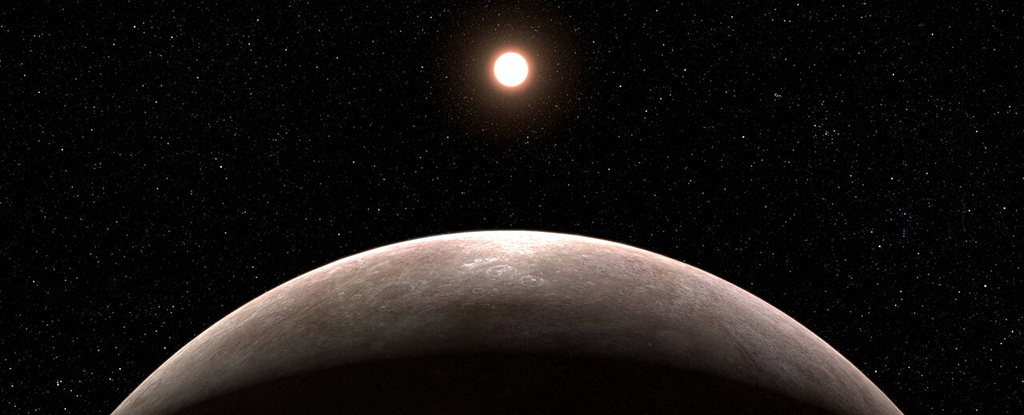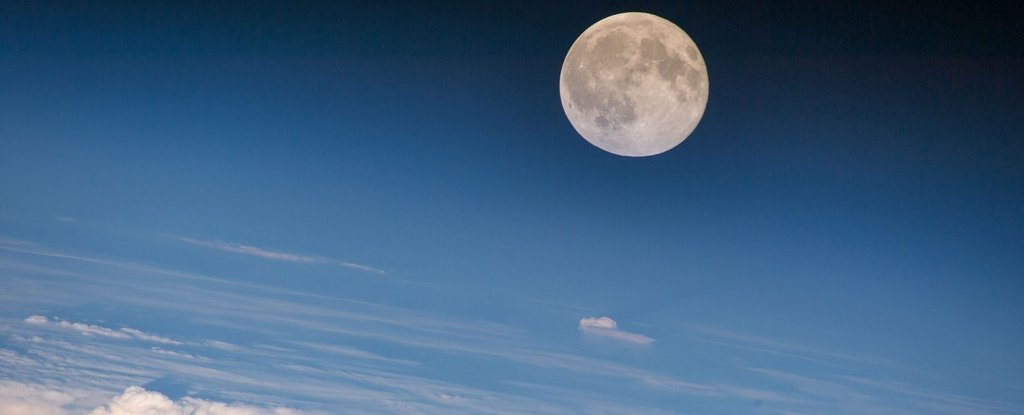Since its launch in December 2021, the James Webb Space Telescope (JWST). Records broken.
Now the instrument has discovered its first planet around a star other than our own, and with an estimated diameter equal to about 99 percent of the Earth’s diameter it sounds familiar to me.
Observations from NASA’s Transiting Exoplanet Survey Satellite (TESS) indicated that the planet was there, but now the high-resolution images from the near-infrared spectrograph (NIRSpec) on board the JWST have confirmed this.
Despite the similarity in size, the planet is thought to be much hotter than our own homeworld and orbits a red dwarf star close enough to orbit it in just two days.
“There is no question that the planet is there” says the astronomer Jacob Lustig-Yaeger, from the Applied Physics Laboratory at Johns Hopkins University in Maryland. “Webb’s impeccable data validated it.”
Located 41 light-years away in the constellation of Octans, this newly found object has been designated LHS 475 b. As with other exoplanets, it was spotted by looking at the shadow it creates as it passes in front of its star.
The special thing about the JWST is that you can look at it transmission spectra; the range of wavelengths of light that are filtered around the planet and can reveal the qualities of its atmosphere.
At the moment we don’t have enough data to tell us what type of atmosphere LHS 475 b has, if any. Astronomers have so far been convinced that there is no thick, methane-rich atmosphere like that surrounding Saturn’s moon titanium.
“The telescope is so sensitive and the data is so precise that we could easily have spotted several different molecules, but we’re not seeing much yet.” says astrophysicist Ortiz Ceballosfrom the Harvard-Smithsonian Center for Astrophysics in Massachusetts.
But they cannot rule out a flat atmosphere consisting of pure carbon dioxide.
The extra precision that the JWST offers means researchers can look for stars and planets that are much smaller. Normally, telescopes look for exoplanets larger than Jupiterabout 11 times wider than Earth.
Information is also gathered quickly: it took only two passes (or flybys in front of its star) for the JWST to identify LHS 475 b and some of its features. Further reading should tell us more about what we are dealing with here.
We also see that the JWST is absolutely producing some stunning images thanks to the sensitivity of its onboard instruments from space – and has only been for a little over a year. There’s a lot more to come.
“These first observations from an Earth-sized rocky planet open the door to many future possibilities for studying rocky planet atmospheres with Webb,” says Mark ClampinDirector of the Astrophysics Division at NASA Headquarters in Washington, DC.
“Webb is bringing us closer to a new understanding of Earth-like worlds outside our solar system, and the mission is just beginning.”
The results were presented at a meeting of American Astronomical Society on Wednesday 11 January 2023.





